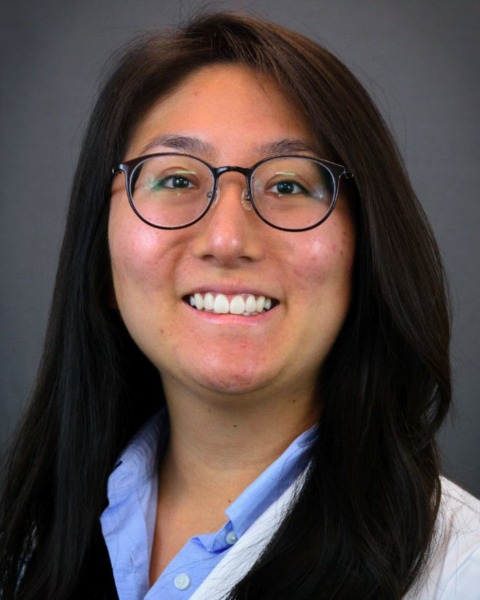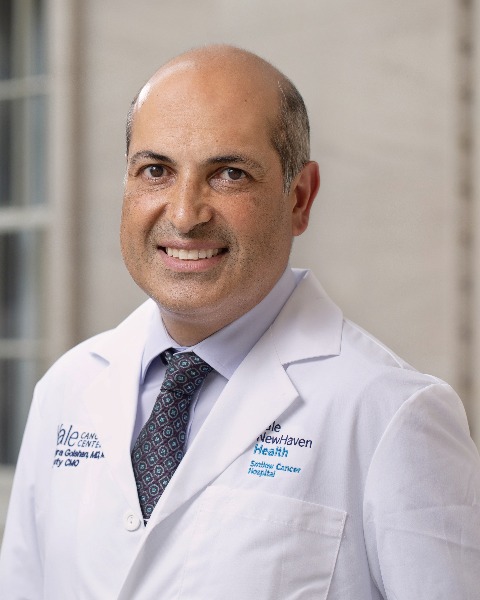Disparities in Surgical Oncologic Care
E115: Detect Early Save Her, Save Him (DESH): Community-based Cancer Screening in a North-Eastern State of India

Leah S. Kim, MD (she/her/hers)
Surgery Resident
Yale New Haven Health
New haven, Connecticut, United States
Leah S. Kim, MD (she/her/hers)
Surgery Resident
Yale New Haven Health
New haven, Connecticut, United States
Leah S. Kim, MD (she/her/hers)
Surgery Resident
Yale New Haven Health
New haven, Connecticut, United States- JC
Joseph Canner, MHS
Biostatistical Analyst
Yale Center for Health Services and Outcomes Research, United States - ES
Eric Schneider, PhD
Director of Surgery Health Services and Outcomes Research
Yale Center for Health Services and Outcomes Research, United States - MP
Madhusudhana Pundrothu, MBA
Program Director
Piramal Swasthya Management and Research Institute, United States - SH
Shailendra Hegde, MD, MBA
Former Program Director
Piramal Swasthya Management and Research Institute, United States 
Mehra Golshan, MD, MBA, FACS
Professor of Surgery (Oncology, Breast); Executive Vice Chair, Surgery; Deputy Chief Medical Officer
Yale School of Medicine Department of Surgery
New Haven, Connecticut, United States
ePoster Abstract Author(s)
Submitter(s)
Author(s)
According to WHO, 72% of global cancer deaths occur in developing countries. In India, the cancer mortality rate is 68% of the annual incidence, suggesting fewer than 30% of Indian patients survive 5 years after diagnosis. Reasons include poor access to screening, subsequent delayed diagnosis, competing mortality risk, and inadequate or suboptimal treatment. The DESH (Detect Early Save Her/Him) program created a three-tier model for community based screening of breast, cervical and oral cancers in the Kamrup rural district of India to improve access to multi-disciplinary care, early detection, and potentially patient survival.
Methods:
Initiated by the Piramal Swasthya Management and Research Institute from January 2018 - August 2019, DESH deployed a mobile cancer screening unit (MCSU) equipped with digital mammography and a team of trained doctors, nurses, radiology technician, and support staff. The MCSU visited clusters of villages in Kamrup, screening patients aged over 30 years for the presence of oral, breast, and cervical cancers. Positively screened patients were referred to Dr. B. Borooah Cancer Institute (BBCI) for additional diagnostic testing. Baseline demographics included: weight, height, BMI, and blood pressure. Categorical variables were summarized using proportions and continuous variables summarized using means and medians.
Results:
DESH screened 16,404 people from 105 villages in Kamrup. The median age was 48, 55.5% were women and 44.5% were men. Three quarters of subjects (72.5%) were below India’s poverty line. Oral or smoking tobacco users was seen in 30% percent of women and 70% of men. We identified 213 (1.3%) overall screen-positive patients who were referred for additional testing where 71.8% of subjects had suspected oral cancer. Of the 97 screen-positive women, 27.8% had suspected breast cancer and 34% had suspected cervical cancer. Of the 213 screen positive patients, 123 (57.7%) visited BBCI where 113 (91.8%) of them completed pre-treatment testing. Of the 113 who completed pre-treatment testing, 5 (4.4%) patients were diagnosed positive for cancer. In addition, we identified that 33% of the screened population was hypertensive (SBP > 140 or DBP >90) with an average BMI was 23.0.
Conclusions:
The DESH initiative demonstrates that a community based mobile cancer screening unit is scalable and potentially impactful tool to reduce late-stage cancer diagnoses and improve access to multidisciplinary cancer care. Additional work is needed to ensure screen positive patients complete diagnostic work up and follow through with care recommendations.
Learning Objectives:
- Describe the clinical disparities in accessing cancer care that lead to delayed diagnoses and suboptimal treatment in the Kamrup Rural District of India.
- Understand how to design and implement a three-tier model for a scalable mobile cancer screening unit in a rural setting.
- Understand the impactful components that support a community-based cancer screening program.
